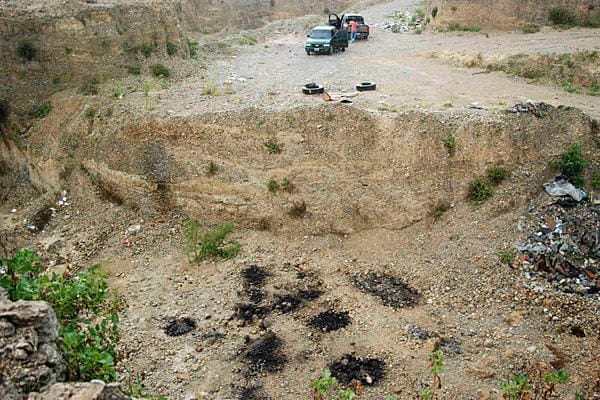
For the men of the Fire and Rescue Service Department, the rescue mission in Genting Highlands is one that they would rather forget.
For fireman Abdul Malik Mohd Jan, 60, who is retiring this year, it was one of the worst scenes he had ever encountered.
Based at the Hang Tuah fire station for 40 years, he said: “I don’t want to speculate, but I guess it’s fated that this accident was meant to happen,” adding that his main priority was to search for survivors.
Abdul Malik said the crash site was a horrendous scene of splattered blood and bodies mangled beyond description.
A rescuer from the Special Malaysia Disaster Assistance and Rescue Team (Smart), who declined to be named, said he had never seen carnage on such a scale.
The rescuer, who has been with Smart since 2002, said that while he was used to seeing gory situations at accident sites, this is by far the most tragic accident site he has ever worked on.
“Most of us are upset with the incident, and this is definitely one of worst crashes recorded in Malaysia’s history,”
Describing the scene when he first arrived at 2.30pm, Civil Defence Department (JPAM) officer Mohd Safari Nasaruddin, 29, said there was pandemonium with scores of curious motorists stopping their vehicles to gawk at the crash site.
“We had to move fast to cordon off the area and assist in setting up rescue equipment.
“It was a race to find the survivors because we all knew time was running out.
“It was the first time I’ve seen so many bodies and I couldn’t stop to think about it,” said Safari, who is attached to the Bentong JPAM.
A total of 456 personnel were involved in rescue and body recovery operations at the crash site.
Thursday 22 August 2013
http://www.thestar.com.my/News/Nation/2013/08/22/A-day-rescuers-would-rather-forget-Responders-face-most-tragic-accident-site-ever.aspx







